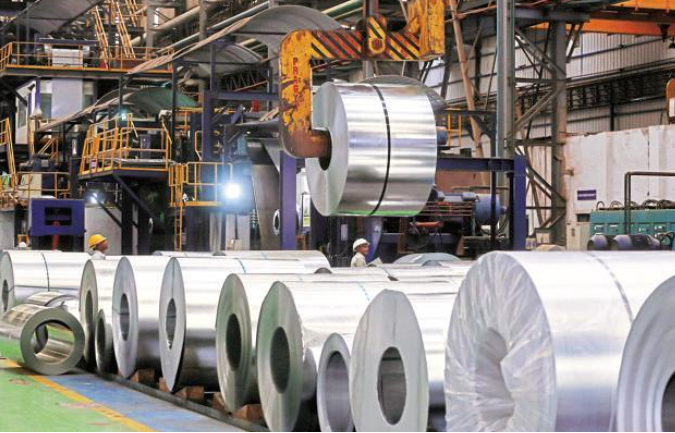
CRUDE STEEL
Crude steel is produced by the refining of pig iron, ferrous scrap and DRI and is an intermediate step in the production of carbon, stainless and alloy steels. Most crude steel is now produced in either basic oxygen furnaces (BOF) or electric arc furnaces (EAFs). Manganese and other ferroalloys are added to crude steel either in the furnace or after the steel has been tapped into ladles. Manganese is added as high-carbon, medium-carbon or low-carbon ferromanganese (HC, MC and LC FeMn) and silicomanganese (SiMn). As a desulphurising agent, manganese is an essential additive in all steelmaking processes. It is also an alloying addition that imparts strength, toughness, hardness and formability to high-strength and special steels. The addition of manganese has the following advantages:
- it prevents extreme oxidation during refining
- it deoxidises refined steel, enhancing the activity of silicon
- it combines with sulphur to form high melting sulphides, which avoids cracking during hot rolling
- it controls iron carbide precipitation in order to avoid embrittlement
UNIT CONSUMPTION OF MANGANESE
In broad terms, the unit consumption of manganese in crude steel has fallen over the years in line with improvements to steelmaking technology and practice. Average world unit consumption of manganese in steel is estimated by the IMnI at 11kg/t, with the industrialised countries using 9kg/t. In some countries it may be as low as 5kg/t. Since the mid-2000s, however, there have been signs that unit consumption is increasing. This reflects the growing output of special steels, which often have much higher manganese content than carbon steels.


